Margarita Cuttings: [Grafts, Time, Rooting and Planting]
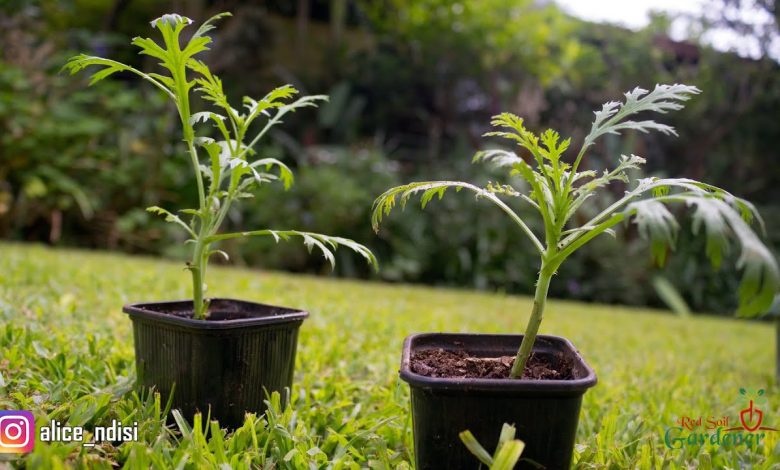
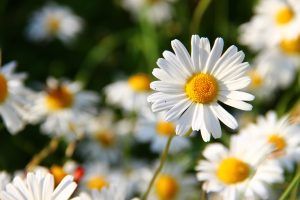 Decorating a garden with daisies is an action that we will all love because it is a species with flowers with well-differentiated and beautiful petals.
Decorating a garden with daisies is an action that we will all love because it is a species with flowers with well-differentiated and beautiful petals.
In addition to that, they exist in different colors, giving us the opportunity to create beautiful compositions in any space.
The multiplication by cuttings is one of those that offers the best results, allowing you to enjoy several specimens from the same mother plant.How can you achieve this goal? Taking advantage of the information that we bring you now to enjoy new margaritas.
With what other plants or trees can we graft the daisy cutting?
The daisies are grafted through the use of their buds in order to modify the color conditions in flowering.The typical color of daisies is with a yellow center and white petals.
However, through grafting, versions with a yellow center and blue petals have been achieved, as well as other versions.
What is the best time to plant daisy cuttings?
Daisies are plants that accept a cutting during the spring and fall seasons.Preferably, it is necessary to validate that they are days with mild temperatures to help the mother plants recover from the wounds without setbacks.
However, when greenhouses are available, it will be possible to proceed with the procedure at any time of the year.
How to get daisy cuttings to root properly?
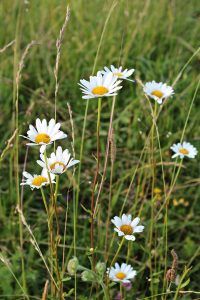 The first condition that is relevant to advance confidently in this whole process is that the mother plant has very good characteristics.
The first condition that is relevant to advance confidently in this whole process is that the mother plant has very good characteristics.
This means that it is healthy and that it has produced a good flowering in the last corresponding period.The cutting must be taken ensuring a semi-woody texture.
Then, you will have to pass it through a rooting hormone , preferably in powder form, and remove the excess before proceeding with planting.Fill a pot with a light and new substrate to reduce the risk of contagion with microorganisms derived from previous crops.
Daisies do best in 50% peat moss and 50% sand mixes, but it’s not required.Before proceeding to sow the cutting, it is advisable to moisten the substrate with enough water and give a few minutes for the excess to drain.
This will allow the cutting to get a nice humid environment, but there will be no risk of rot due to stagnation.The hole to insert the cutting can be opened with the help of a dry branch or a pencil, this way you will avoid exerting more pressure than necessary on it.
Then it will only be necessary to adjust the soil level around the cutting, so that it is very stable.Since daisies need a moist environment, the next step is to line the pot with a plastic bag.
This should be removed for a few minutes each day so that air can flow and fungus does not form inside.If at any time the substrate looks a little wet, it will be necessary to add water with the help of a gardening watering can to control the flow of water.It is important to note that daisies need to enjoy a warm environment, without drafts.
How should we take the daisy cuttings to plant them?
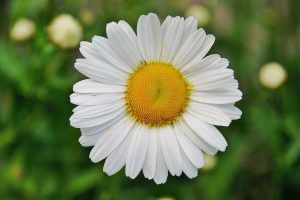 Cut a cutting from a semi-woody or tender branch (usually green).
Cut a cutting from a semi-woody or tender branch (usually green).
A better condition of the cutting is obtained when the cut is oblique and is immediately after a node.
Remove as many leaves as possible, leaving only the newest ones on top to aid in the transpiration process.The extension of the cutting should be between 10 and 12 centimeters.
How long should we leave daisy cuttings in water?
Daisy cuttings do not tolerate excessive humidity well. For this reason, keeping them in water is not recommended .In fact, when dealing with rooting agents, the use of powder versions is usually recommended to avoid complications.
Is it convenient to use fertilizer or compost?
In the first instance, daisies do not need fertilizer or homemade organic matter such as compost in the soil to generate roots.Fertilizations are proposed from the moment flower production begins to help it produce a greater quantity.
How long does it usually take for a daisy cutting to come out?
 Daisy cuttings will take about 30 days to grow their own roots, maybe a little longer.
Daisy cuttings will take about 30 days to grow their own roots, maybe a little longer.
A fairly easy way to check if they have already done so is by trying to remove the plant from the container. If it generates resistance, it’s ready.
To keep them well protected from climate changes while they grow, it is best to transplant them into larger pots.
Next spring it can be established in the garden and thus allow it to have better conditions to adapt to the outside.If you want to go deeper, you can see: Sow daisies.

![Photo of Rust: [Characteristics, Detection, Effects and Treatment]](https://www.complete-gardening.com/wp-content/uploads/2022/08/rust-characteristics-detection-effects-and-treatment-390x220.png)
![Photo of Durillo: [Cultivation, Irrigation, Care, Pests and Diseases]](https://www.complete-gardening.com/wp-content/uploads/2022/08/durillo-cultivation-irrigation-care-pests-and-diseases-1-390x220.jpg)
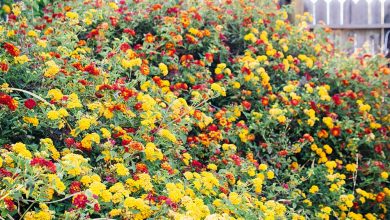
![Photo of Mother-in-law’s Seat: [Cultivation, Irrigation, Care, Pests and Diseases]](https://www.complete-gardening.com/wp-content/uploads/2022/08/mother-in-laws-seat-cultivation-irrigation-care-pests-and-diseases-390x220.jpg)